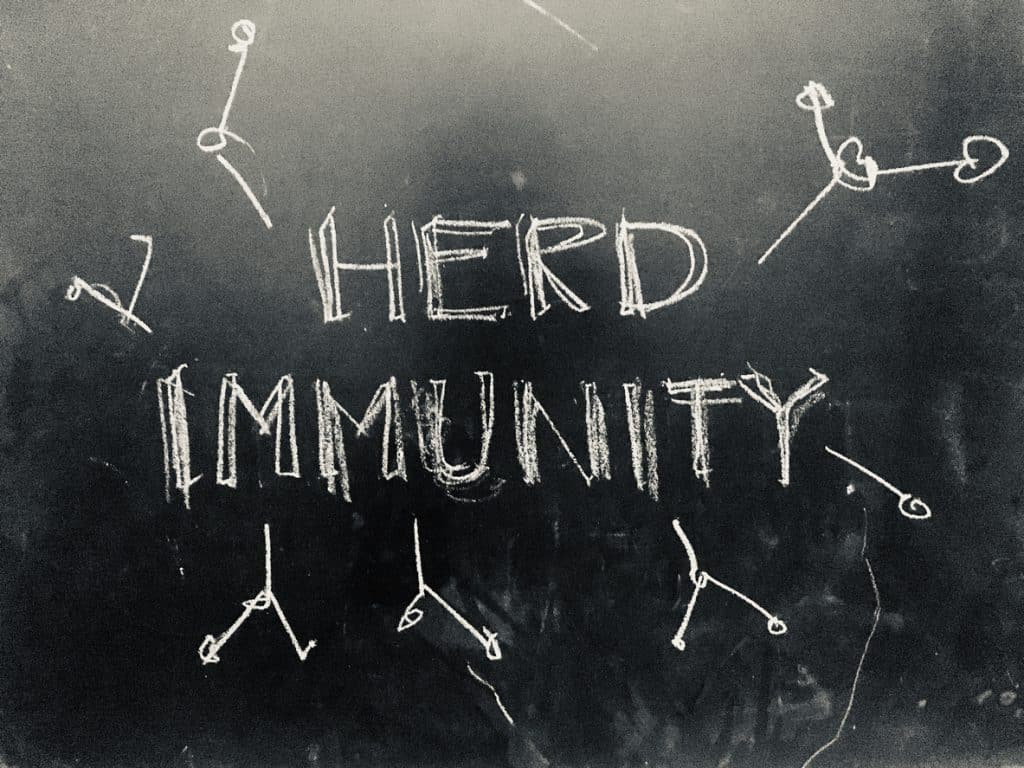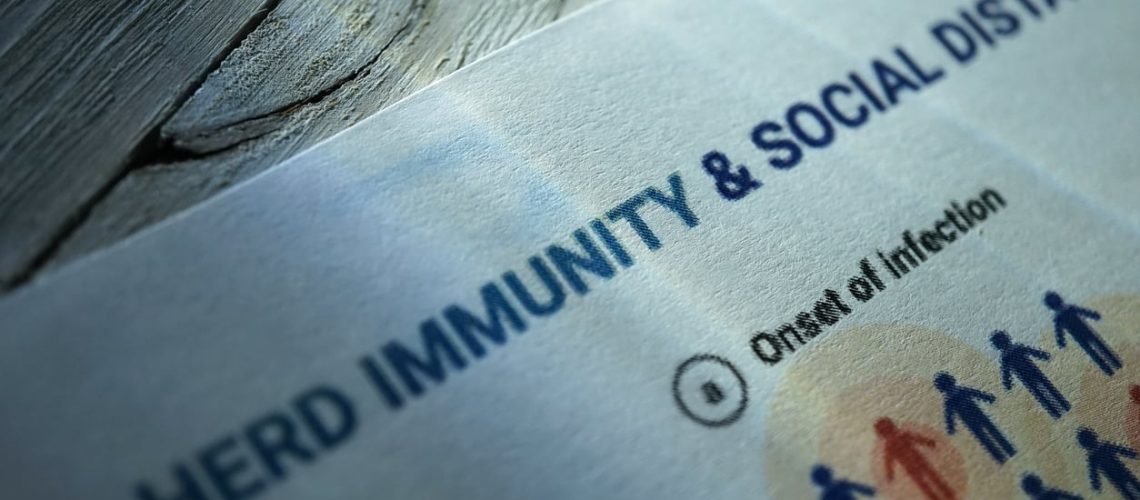Immunity to a disease is achieved by possessing antibodies to said disease in a body. Antibodies are specific to a single disease, so while you may have antibodies against chickenpox, they will be useless against mumps.
You are able to achieve immunity to a disease in two different ways: passively and actively. Let’s take a look at how the two methods differ from each other.
Understanding The Difference Between Active & Passive Immunity
Active Immunity
Active immunity occurs when our own immune system is responsible for protecting us against a pathogen. This is the most common form of immunity that our bodies rely on. Active immunity is created when we are exposed to potentially harmful pathogens and our immune system works to neutralize them.
It’s important to note that not every pathogen is as dangerous and dire as the more troublesome diseases. From the air we breathe to the surfaces we touch, we are constantly coming into contact with pathogens. Our immune system determines whether they are harmful to our bodies, which, more often or not, they are not.
Active immunity relies on our immune system’s long-term memory, also known as immunologic memory. Essentially, these memory cells are constantly on patrol, circulating through our bodies. When they spot a pathogen whose access has not been approved, they converge on the pathogen while calling in backup. Since immunological memory allows antibodies to remember which pathogens they are designed to attack, they are able to take on the pathogens without confusion or delay.

Vaccines are also a form of active immunity. Sometimes we want our bodies to develop antibodies to a disease without having to interact with the pathogens first. When a vaccine is injected into our bodies, our immune system’s first instinct is to attack it, as it is foreign to us. However, since vaccines are designed to not actually harm our bodies, we actually gain the benefits of the exposure. Essentially, our antibodies are given the chance to train and participate in a trial run, familiarizing themselves with how the pathogen should look. That way, our antibodies are prepared for if the disease actually enters the body.
Passive Immunity
While everyone has experienced passive immunity at one point in their lives, this type of immunity is short-lived.
The most common type of passive immunity is through maternal antibodies. Unborn and newborn babies are protected by antibodies from their mother’s own immune system. These antibodies are shared in two ways: breast milk and the placenta. Naturally, once the baby is no longer exposed to either of these, the passive immunity will come to an end.
Another example of passive immunity is using antibodies from animals, other people, or synthetic materials to treat against the risk of infection. If you were to be bit by a poisonous snake, you would require an antivenom. This is a mixture of antibodies that have already been trained to deal with snake venom. However, once these particular antibodies have performed their job, they will cease to exist.
Springborough Pharmasave is your health professionals committed to serving the Springborough community. Our pharmacy in SW Calgary provides you with all you need for your health, including healthcare advice and medical products. We offer vaccinations, flu shots, breast pump rentals, and can act as your travel clinic in Calgary. Giving back to the community is a core value at Pharmasave. Further, we are proud of our work to help the Springborough community. Visit us at 104-30 Springborough Blvd, Southwest Calgary, or call us at (403) 453-6113.




